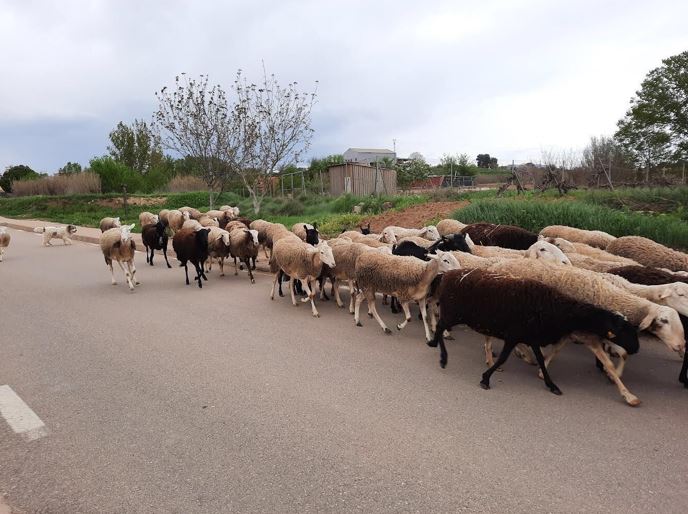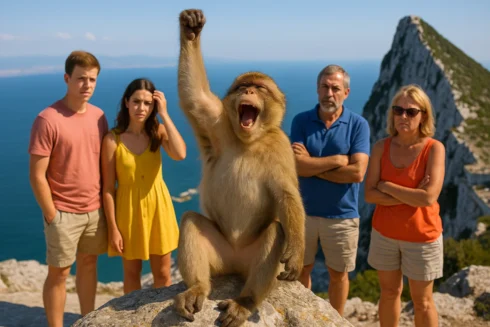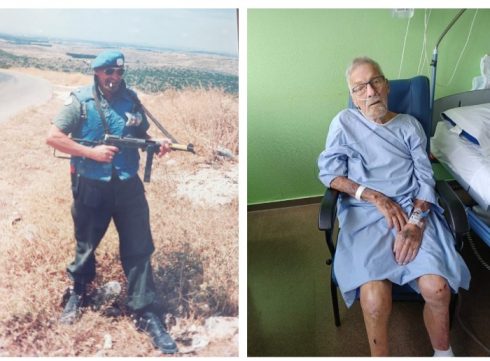MEET Valentin, his dog Hooky, and Alberto. We occasionally see each other on my walks near Requena, a rural area in Valencia province.
Full disclosure: There is indeed a language barrier but we do “communicate” on some level but here is what I’ve gleaned: Valentine is 83 years old and claims to be the oldest “pastor” (shepherd) in the area.
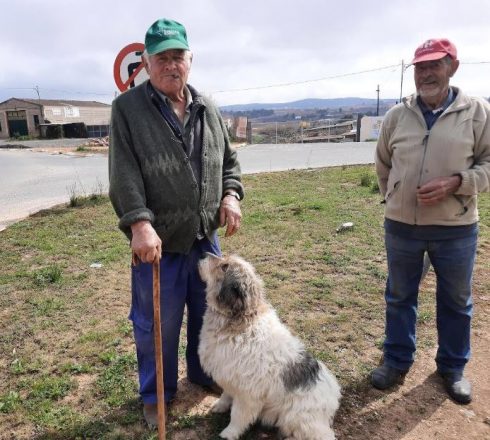
Photo: Jack Gaioni.
He has been herding sheep and goats for two decades after retiring from work in a factory. He loves his job because he can be with his beloved dog and smoke Cuban cigars all day long. Alberto lost his job as a heavy- equipment operator during “La Crisis” (2012), but is thankful for the employment because he is connected with nature and rural life. He grazes his 500 sheep along the routes between Requena and Utiel.
Valentine and Alberto both claim to be among the Los Ultimos Pastores – the last shepherds. Their personal stories, albeit humble, tell a larger story.
The trails that Valentin and Alberto follow are part of an ancient network of livestock routes called Cañadas. There are over 130,000 kms. (more than the total length of Spanish railroad lines!) of cañadas that crisscross the Iberian Peninsula.
By design, these trails facilitate a process called transhumance – a pastoral system whereby livestock is moved from lower winter pastures to higher summer pastures. The transhumance system has served the livestock economies for centuries in Spain. To this day, shepherds maintain the right of way along the Cañadas – a privilege that they enjoyed for 500 years.
The Spanish transhumance system and cañadas combined have many environmental positives. It allows herds to take advantage of seasonal productivity from different regions and altitudes.
This allows for a type of livestock farming more efficient and sustainable than a “feedlot” type or a more concentrated animal feeding operation.
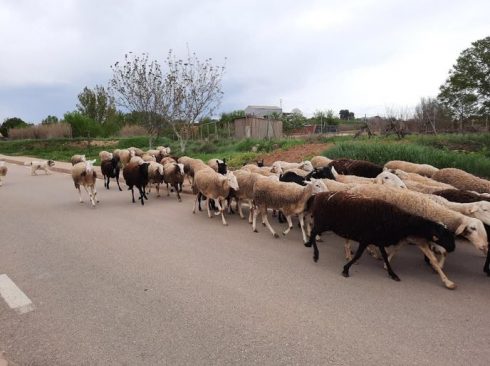
Photo: Jack Gaioni.
Animals are less confined, are healthier, overgrazing is minimized, fuel for wild fires is reduced while animal waste continually fertilizes. The Cañada Real Cuenca is a case in point. It stretches 532 km from Teruel, to Cuenca, westward to Ciudad Real and finally to Jaen in Andalucia. Collectively this Cañada encompasses varied landscapes, various ecosystems and rich biodiversity. The great length of the drove route allows for optimal advantage of seasonal peaks of productivity of pastures and importantly, water sources.
The cultural heritage of the shepherding transhumance system is also an important part of the story.
In 2016 the process of transhumance was awarded as an “honored example of immaterial culture” by the Spanish government. In pueblos throughout Spain, as sheep and goats pass through, streets are closed and celebrations—replete with music, dance, costumery and gastronomical activities are popular community events.
Perhaps the best-known is Madrid’s Transhumance Festival that occurs every October. In a festive celebration, over 2,000 sheep and goats are herded to Madrid’s Plaza Cibeles in front of the City Hall.
There, in front of thousands of onlookers, they are ceremoniously greeted by the mayor where the shepherds symbolically pay the mayor 50 coins per thousand (50 maravedis al milar) as payment.
This ceremony and the payment for crossing the city was established in 1418.
Shepherding may be a fading profession in this day of modernization but not necessarily a forgotten one.
I’ll remind this fact to Valentine and Alberto the next time we meet – in my best Spanish of course!
Did You Know?
—The 130,000 kms. of cañadas in Spain are very walkable and bikeable. Cañadas are publicly owned and protected by law.
—Since 2014, the Andalucian Shepard’s School has offered a 540-hr. training course designed for aspiring shepherds. Curriculum includes technical knowledge on health, production, the environment, economics and markets.
Anyone interested can email escueladepastores.ifapa@juntadeandalucia.es
READ MORE:
- How scientists in Valencia are pinning hopes on protecting the oldest living species on earth
- Wind of change: Two sides of the ecologist movement clash as Spain debates renewable energy
- World Water Day: What you should know about the rain in Spain
Click here to read more Jack Gaioni: Jack's Corner News from The Olive Press.

